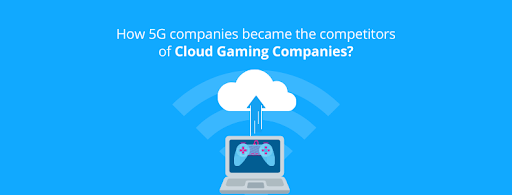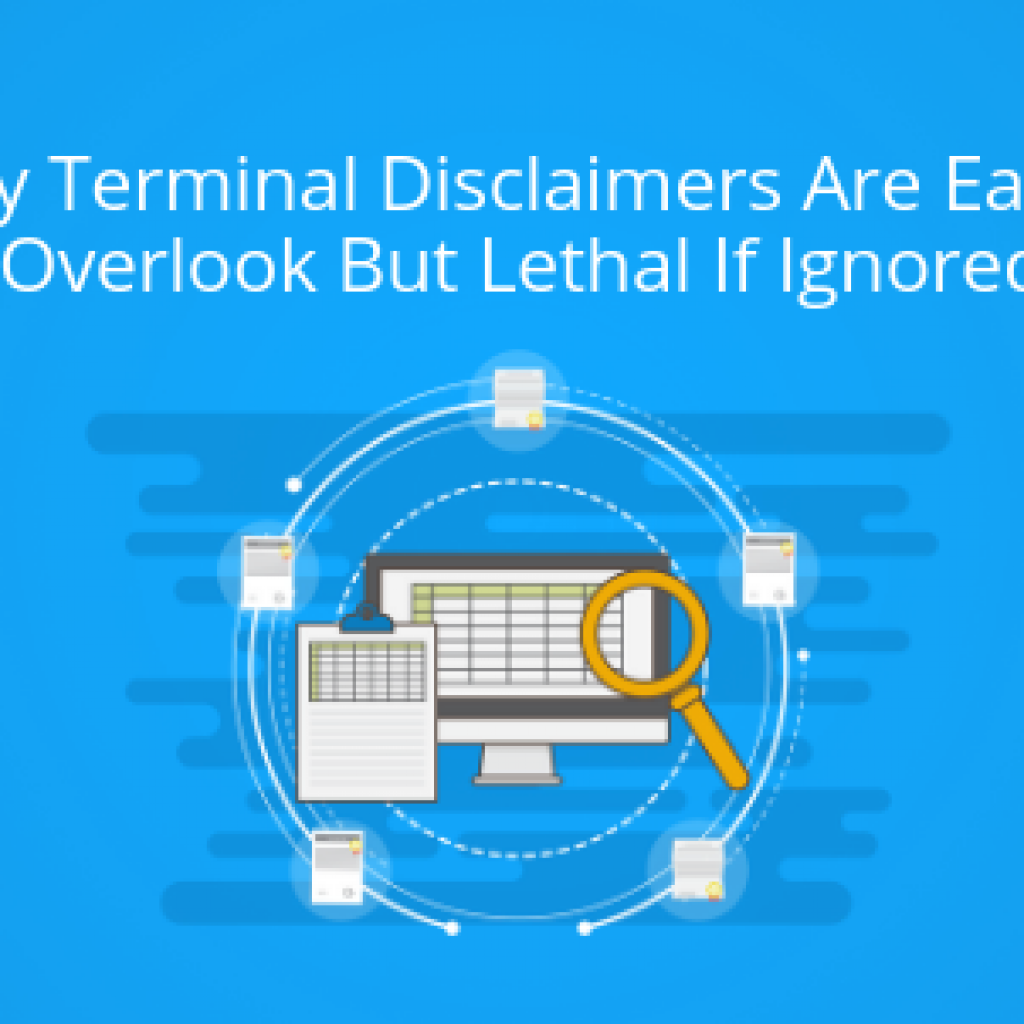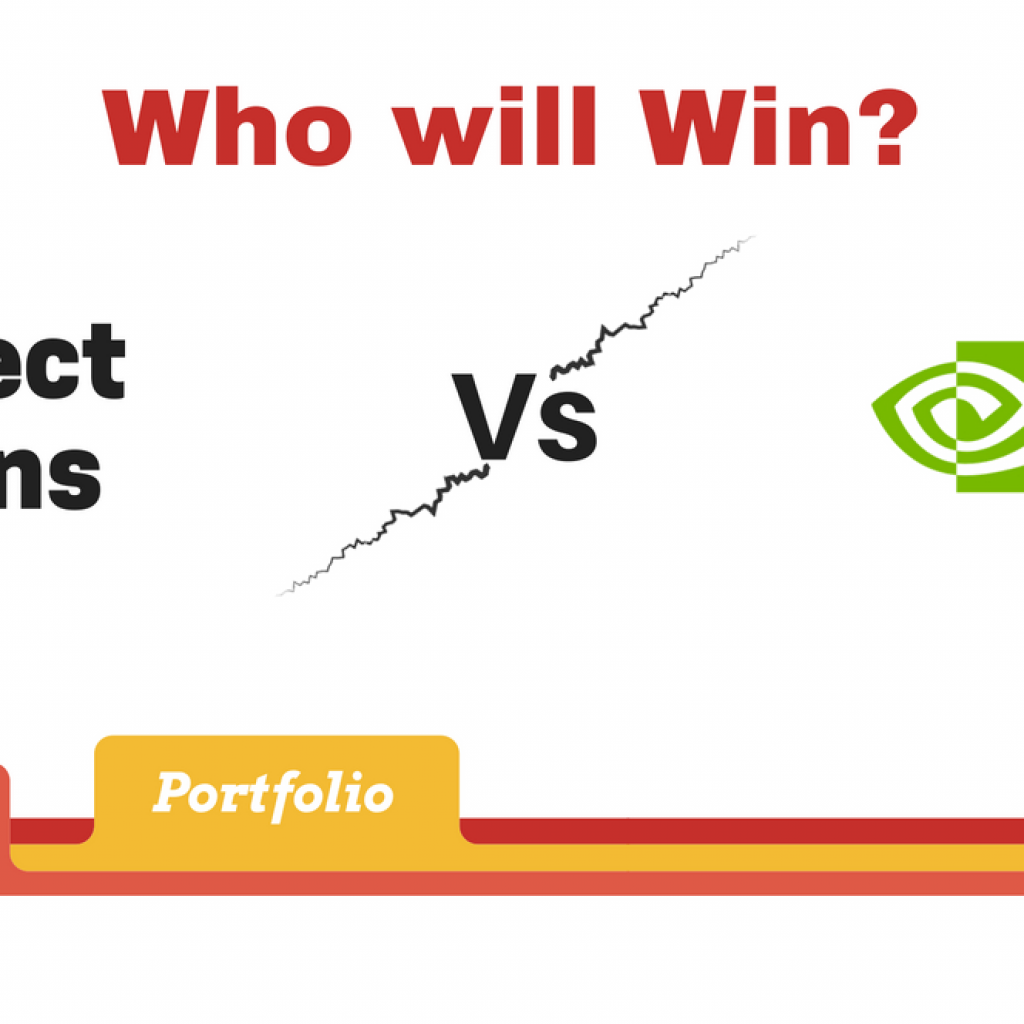Have you been busy building fantastic games and are unaware of all the recent happenings in the industry? By recent happenings, I mean the increased involvement of telecom companies in the cloud gaming domain?
That’s right. Chances are you could be losing revenue to telecom companies in the future.
How is that possible?
Have you ever considered the licensing fee you’ll need to pay to telecom companies to use their 5G infrastructure? Also, did you know telecom companies are actively working to improve and standardize specific aspects of cloud gaming?
Yes, you compete with the telecom industry. I didn’t even know about it because it was not strikingly visible. However, there’s still time; you can strategize around this with ample information.
Want help with the details? Scroll down, and you will find everything you need to know about telecom companies’ involvement in cloud gaming.
What is the current ecosystem of the gaming industry like?
There is a radical difference in the Gaming Industry from a few years ago. Video game cartridges have been replaced by digital disks on most gaming consoles. Downloading/buying a digital copy of a video game is still in trend, however, many companies have launched their cloud gaming services that provide high speed and low latency gaming experience to the users at the price of ownership of the digital copy of the game.
For the uninitiated – If I try to define cloud gaming as I know it – it enables customers to play video games by utilizing hardware present at a remote location and owned by individual companies. Instead of downloading a game on our system or installing a game using digital disks, cloud gaming depends upon internet speed to deliver games on the subscribed devices from the remote servers.
Many companies have promised gamers a better, faster, smoother gaming experience in the last decade. They planted the seed of high-speed online gaming at least in my head as they showcased underdevelopment prototypes like Google Stadia, Project Xcloud, and many more. As I remember, when Google introduced Stadia, their vision was “one place for all the games you play”.
That dream has shaped today’s reality. Multiple cloud gaming platforms, such as Shadow, Vortex, GeForce Now, etc., are available for gamers. On these platforms, gamers can run high-end games with top-notch graphics in their low-end devices with minimum latency.
According to analyst firm IHS Markit, the cloud-based gaming market is predicted to be worth $2.5 billion by 2023. This predicted growth and trend change may attract telecom giants to invest in cloud gaming.
Many Telecom giants are forming alliances to get maximum returns from the gaming market. Below, we have highlighted some of the recent developments –
- Huawei Technologies Co and NetEase will establish a cloud-based gaming lab on the 5G network.
- China Mobile and ZTE’s 5G MEC-based cloud game innovation involves distributing cloud games from Tencent Cloud to the local MEC (Multi-Access Edge Computing) in China Mobile’s 5G network.
- Sony and Microsoft, the makers of PlayStation and Xbox and heated rivals, are forming an unlikely alliance to explore cloud gaming and artificial intelligence.
- NVIDIA is working on Project Shield, an Android-powered handheld game console that can stream PC games.
- NGMN (Next Generation Mobile Networks) Alliance is a mobile telecommunications association of mobile operators, vendors, manufacturers, and research institutes. NGMN is a standard-setting organization that sets standards for mobile operators to provide 5G services, including cloud gaming, to the users. They published a white paper discussing the 5G requirements for providing different end-to-end services. Some of the major members of NGMN are – AT&T, NTT Docomo, Vodafone, and Singtel.
Now that we have examined some of the major alliances, we will discuss how 5G shapes the gaming industry in the next part of this article. Here’s a brief overview of what you can expect to read next in the coming sections of this article.
- First, we will discuss quick insights from 3gpp. Is 3gpp talking about cloud gaming? Which companies are filing cloud gaming patents in 3gpp?
[Note: Getting insights from 3gpp isn’t everybody’s cup of tea because the information is scattered. You need to be aware of the tricks to get those insights and we are eager to help!]
- Then, we will pick up the patent front and see how things evolve. Which companies hope to increase gaming revenues in the coming years?
What role will 5G play in cloud gaming?
High-speed internet connectivity with low latency (aka ‘Need For Speed’) is the most important requirement of cloud gaming to provide ‘gaming on the go’ to the die heart gamers so they can access gaming anytime, on any device, and anywhere. The standalone 5G networks, thus, are the perfect contender for providing high-speed internet connectivity with low latency due to their adaptive network architecture, like network slicing and enormous bandwidth.
Networking slicing in 5G Networks (like in Fruit Ninja) has the potential to guarantee and prioritize a ‘Cloud Game’ slice, providing resources for gaming services to ensure the high quality of the cloud game experience.
(Side Note: This short and informative article from Forbes discusses the importance of 5G in cloud gaming. It majorly highlights latency as the major issue to be tackled, and proposes 5G techniques like edge computing, network slicing as a solution to this).
What’s 3GPP talking about?
The 3GPP is in full swing standardizing the 5G concepts for cloud gaming services. At GreyB, we have our in-house search and analysis tool, NPLSE, which we can easily track at what stage ‘cloud gaming’ is. Upon digging, we found that there have been ample contributions made to the standard-setting organization.
The graph below showcases a timeline evolution of contributions made in 3GPP for cloud gaming using 5G. It depicts the trends of the effort made by different companies to standardize cloud gaming.
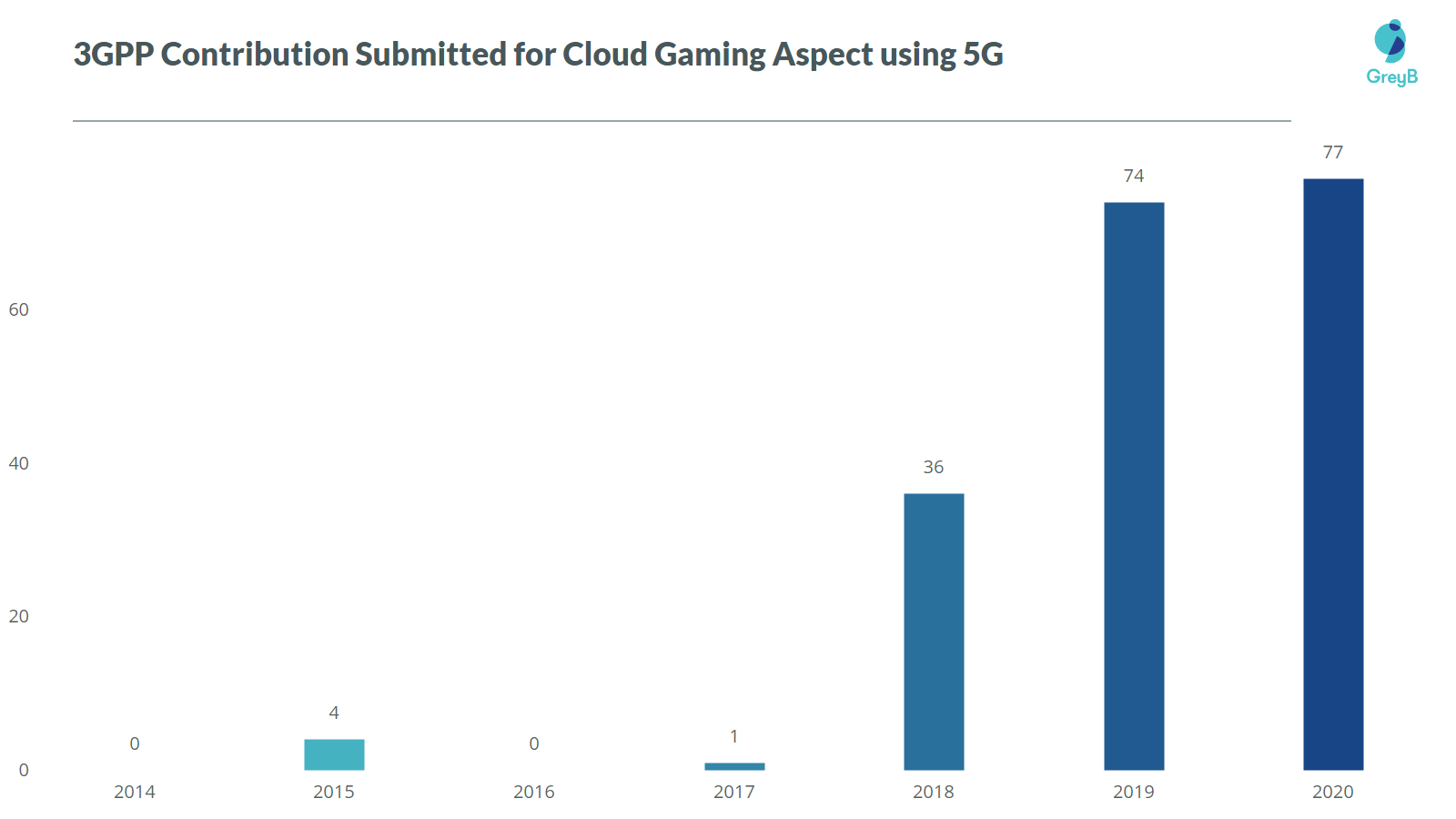
Source: NPLSE GreyB Services
Among all the telecommunication giants, Huawei, China Telecom, China Mobile, China Unicom, OPPO, ZTE, Samsung, Xiaomi, Broadcom, Vivo, AT&T, KT (Korea Telecom), Verizon UK LTD have submitted a major portion of these contributions.
These giants are dedicated to improving the 5G system for Cloud services. S2-1906507 and S2-1906718 are two examples of their contributions.
If we look at them closely, they are focused on improving latency/data rate, which are the basic KPIs of 5G. The main focus here is on improving the cloud gaming architecture. Needless to say, major improvements are needed on the network side.
Although a dedicated 5G specification for cloud gaming has not been developed yet, several TRs (Technical Reports) are related to cloud gaming. These TRs may be seen as reports summarizing the progress made in discussions in 3GPP meetings. Their content can be considered potentially included in 3GPP specifications going forward.
I have shared some screenshots from these TRs below –
TR 26.925
 TR 22.842
TR 22.842

TR 26.928
What do the Patent Filings suggest?
We have always emphasized that to determine a firm’s upcoming strategy, you must explore its recent patent filings. Filing patents to protect their tech, after all, is the most important step companies take to secure their big innovations.
While looking for the patent literature focused on Cloud gaming using 5G, we found some interesting patents/applications, which we have listed below.
- WO2017098810A1, filed by Sony, claims a core network process for providing users with services like cloud gaming.
- US10194448B2, filed by Vodafone, claims a cloud streaming process for providing users with cloud services like cloud gaming.
- CN110933036A, filed by China Mobile, discusses a cloud game service system deployed on an edge server.
Looking at the developments in this direction, 5G looks like a potential hot technology for the big players in the gaming industry to watch out for.
Patent Filing trends
Next, we have gathered some insights on the top patent filers for using 5G techniques to enhance “cloud” or, directly, “gaming” infrastructure. Here’s what we got:
Who are the Major Players?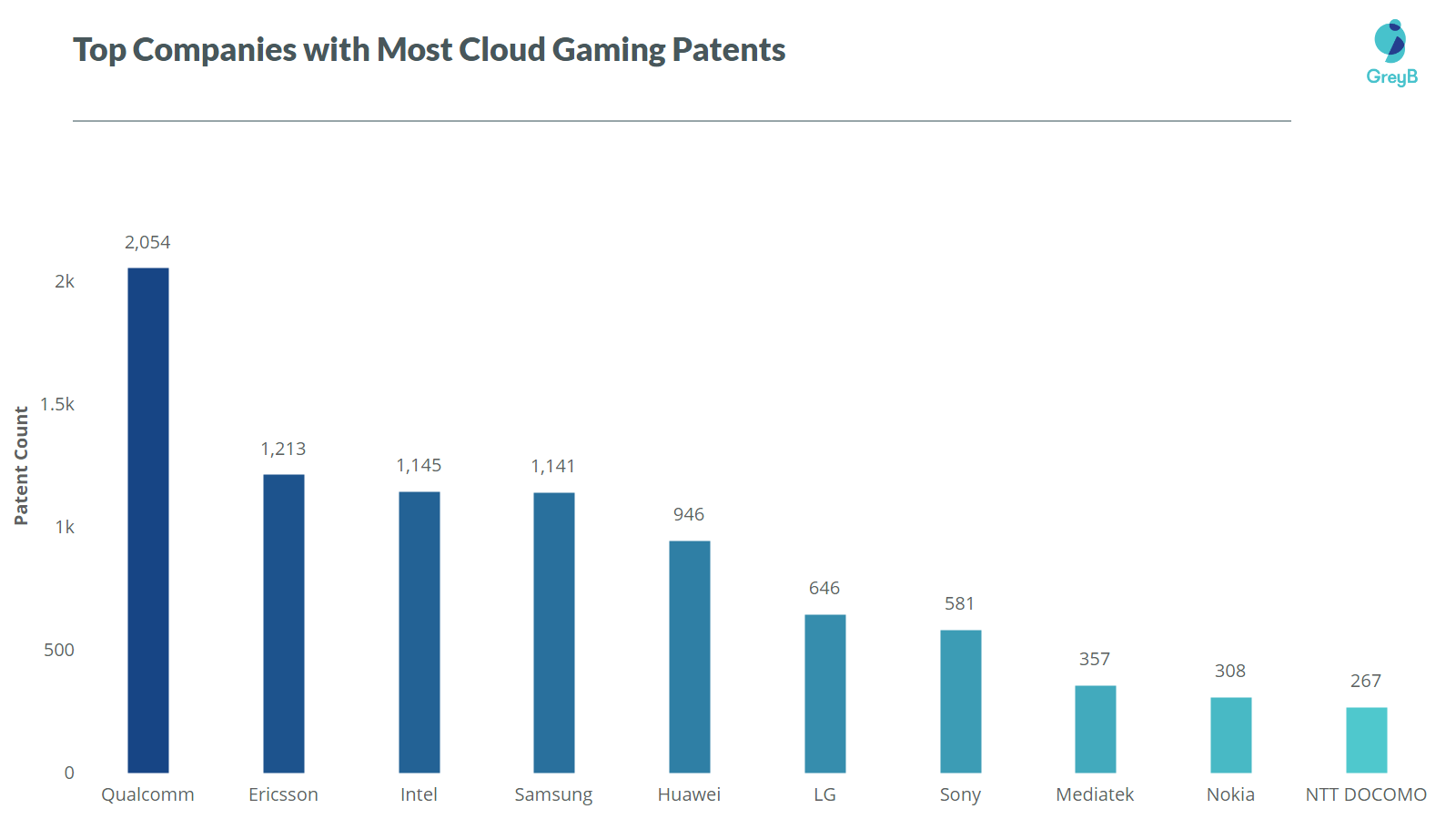
Qualcomm leading the count is unsurprising as the company is leading in the 5G chipset market. As smartphones are one of the reasons the cloud gaming market is getting a boost, Qualcomm, a leading chipset company, can get the opportunity to take a chunk of the market with its Snapdragon Processors.
The inclusion of Ericsson, Intel, Samsung, and Huawei in the top five is not surprising, as these companies are market leaders in providing telecommunication infrastructure.
Sony, a gaming company, makes the top 10 list despite not being as involved in the development of the 5G standard.
As you can see, the top list is flooded by 5g companies, whether they provide network infrastructure or processors for gaming devices.
Further, the trend below shows many patents filed in the cloud gaming domain from late 2012 onwards—when 5G development began to shift gears.
Priority year-wise distribution
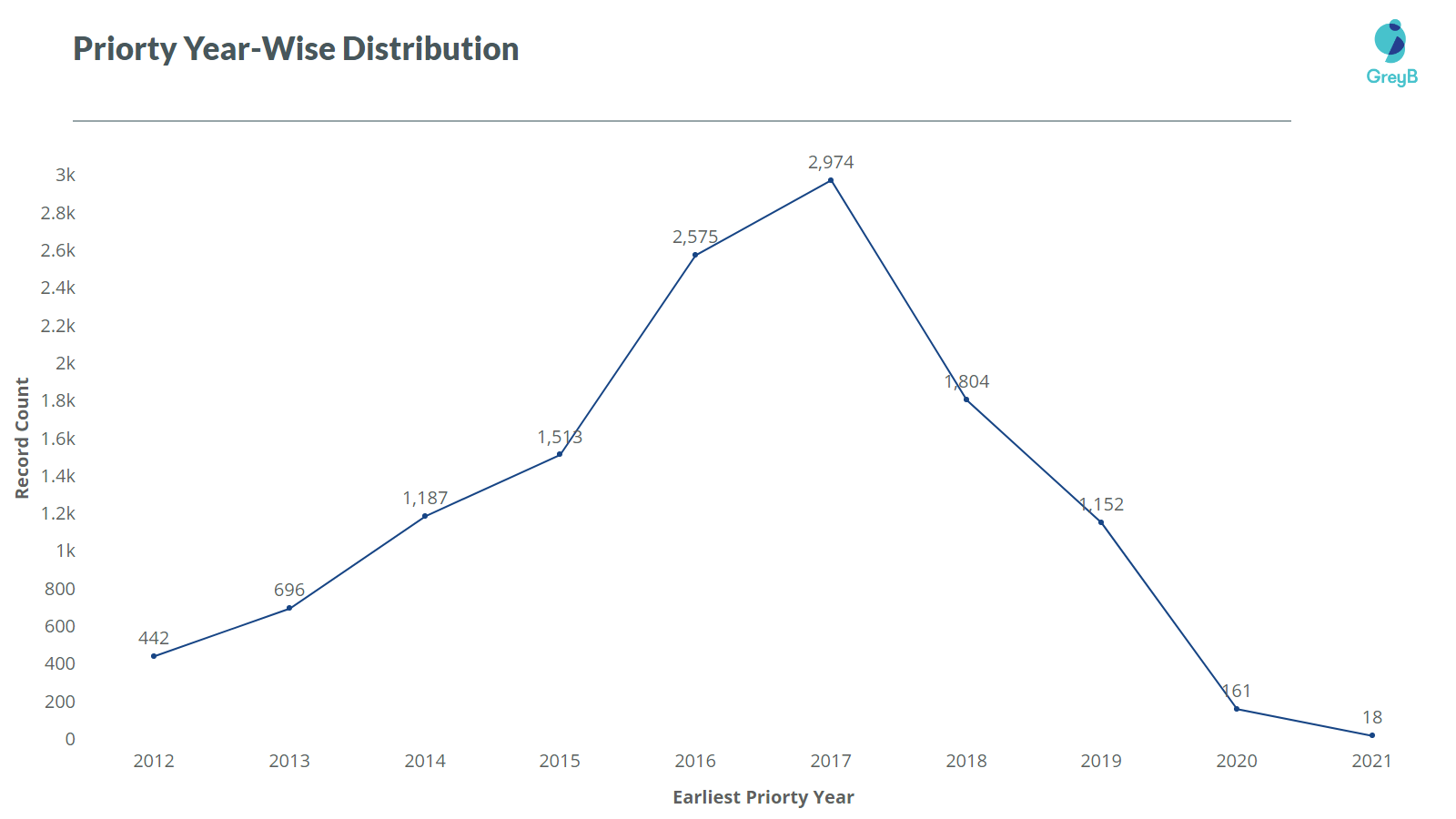
Chart Source: Derwent Innovation
Concluding remarks
After examining the patent filing trends and the ongoing 3GPP activities, it seems clear that ‘5G ’ is the future of the gaming industry.
Telecommunication giants are working hard to standardize various concepts of Cloud gaming in 5G. It is time for gaming companies to start R&D in 5G/cloud communication or form alliances with Telecom companies to stay ahead of the competition.
A competitive analysis of your competitors’ stages in owning 5G IP could prove crucial. Would you like a hand with the analysis?
Authored by: Nripdeep Singh and Ankush Sharma (Lead, Search Team).

